Geography Paper 4 CIE IGCSE
1/63
There's no tags or description
Looks like no tags are added yet.
Name | Mastery | Learn | Test | Matching | Spaced |
|---|
No study sessions yet.
64 Terms
Safety Features
1. Protection from the weather
2. Sensible dress
3. Always carry out coursework in groups
4. Always tell an adult or teacher where you are carrying out coursework
5. Always carry a mobile phone with you
6. Carry out coursework in day light and wear reflective clothes
7. Check that your study area is safe and not dangerous
8. Don't display valuables making you more vulnerable to crime
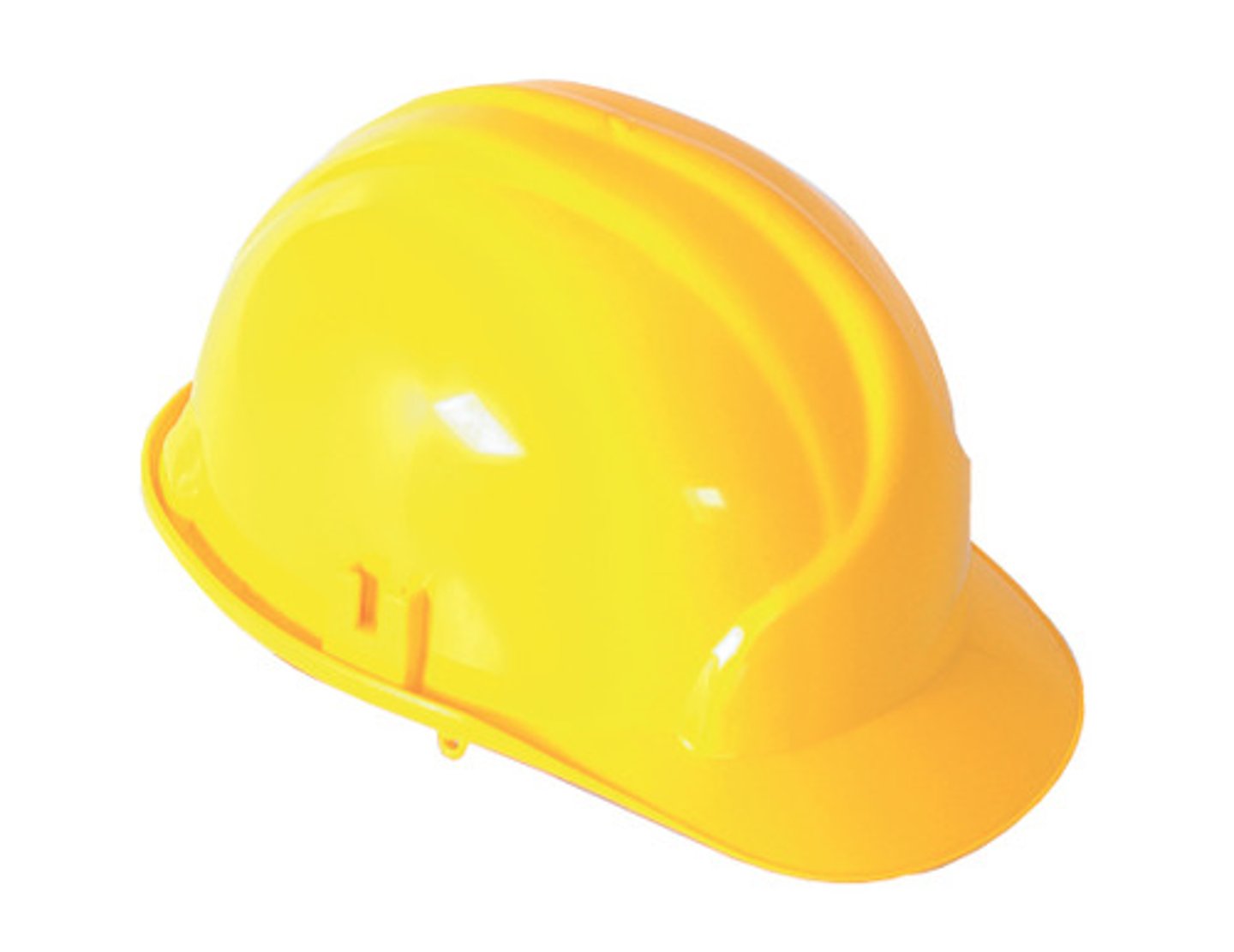
Hypothesis
- prediction or statement that you make before your data collection.
- normally based on theory.
E.g. The width of a river will increase as you move from the source to the mouth
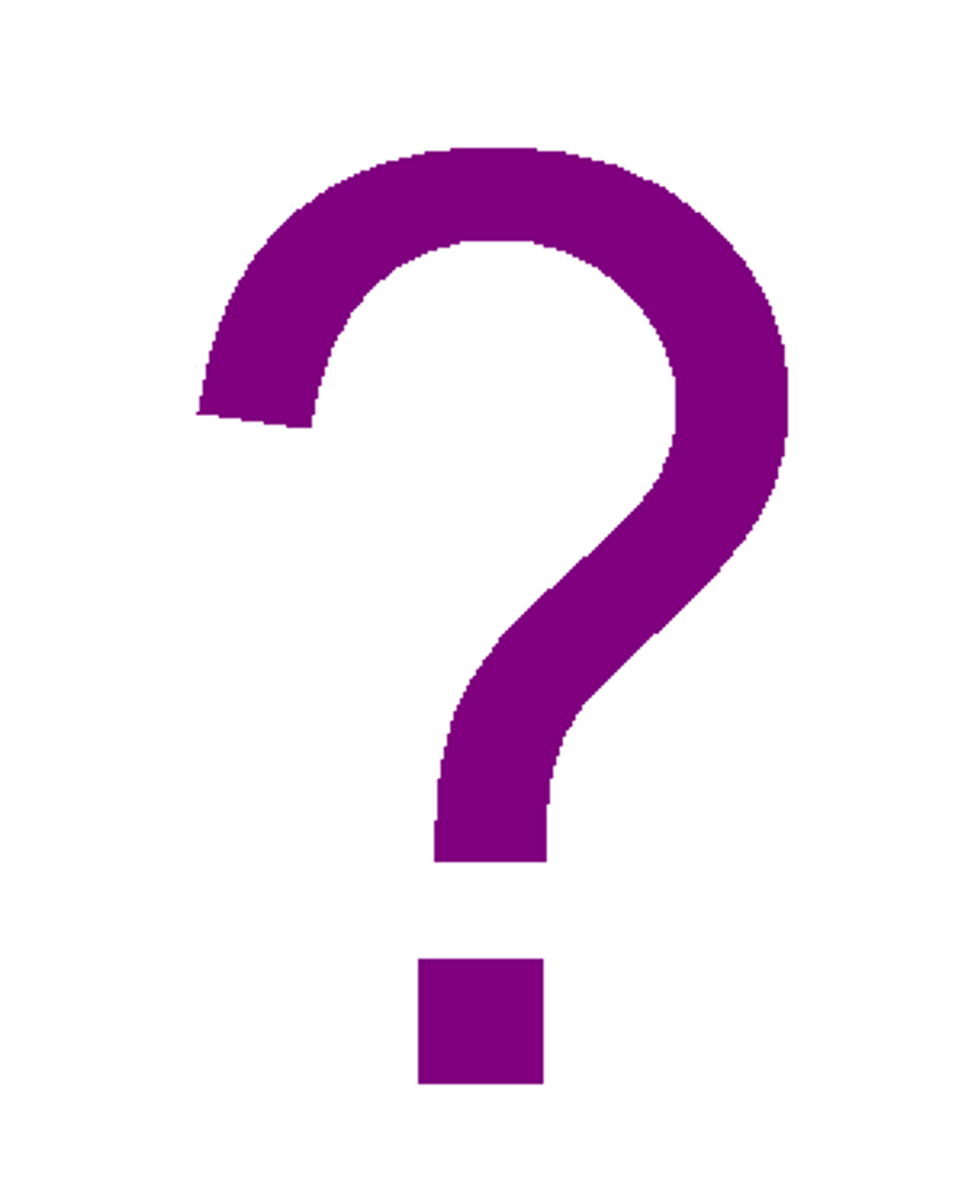
SMART hypothesis
S = Specific
M = Measurable
A = Achievable
R = Realistic
T = Time-related

DATA COLLECTION:
Objective
- data collection that is not influenced by people's personal opinion.
- very hard to achieve because even the design of data collection forms are influenced by people's opinion.
- possible to try be as objective as possible by following a sampling technique, collecting data in groups and following the methodology closely.
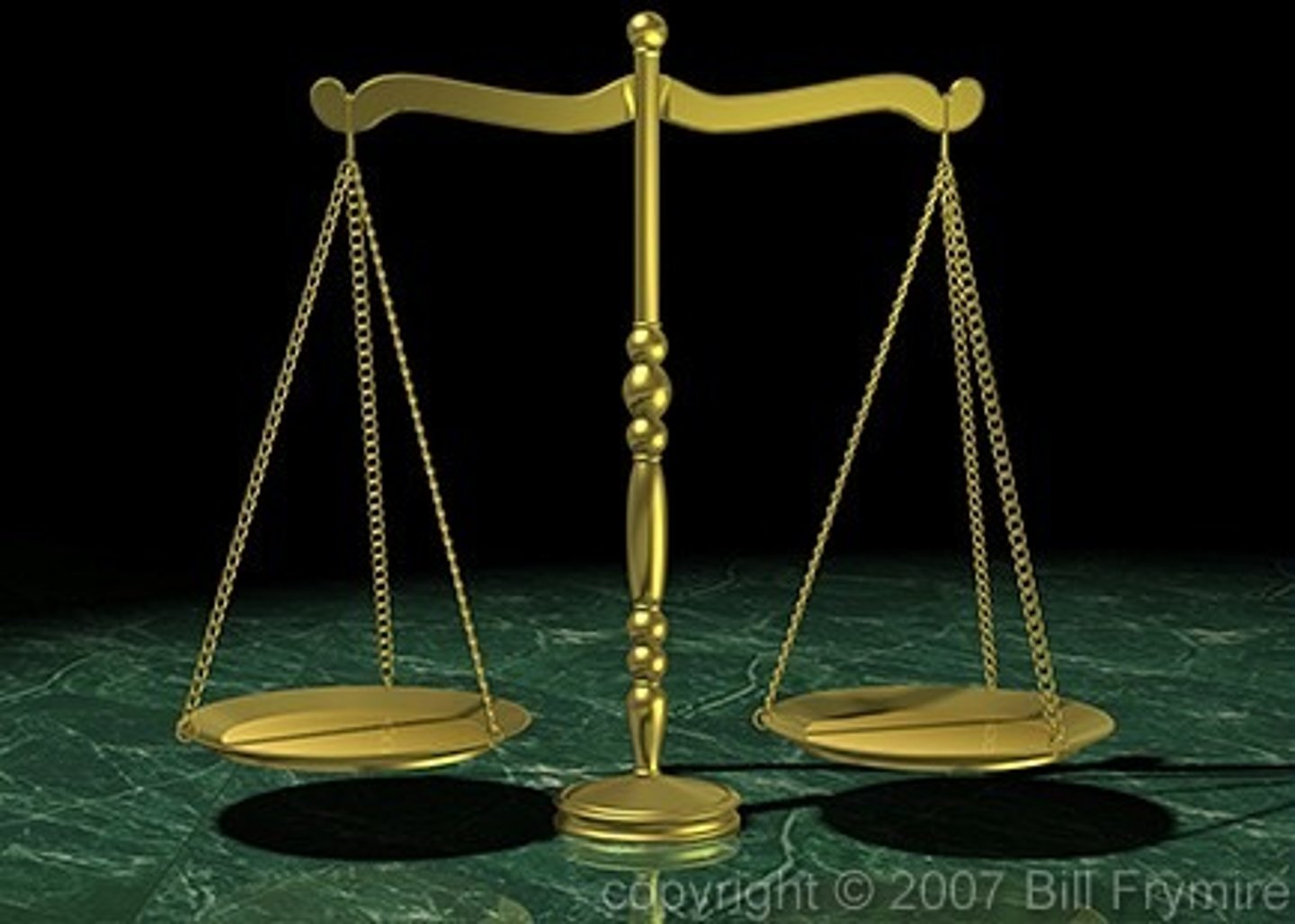
DATA COLLECTION:
Subjective
- when your personal opinion has an influence on the outcome of the data collection.
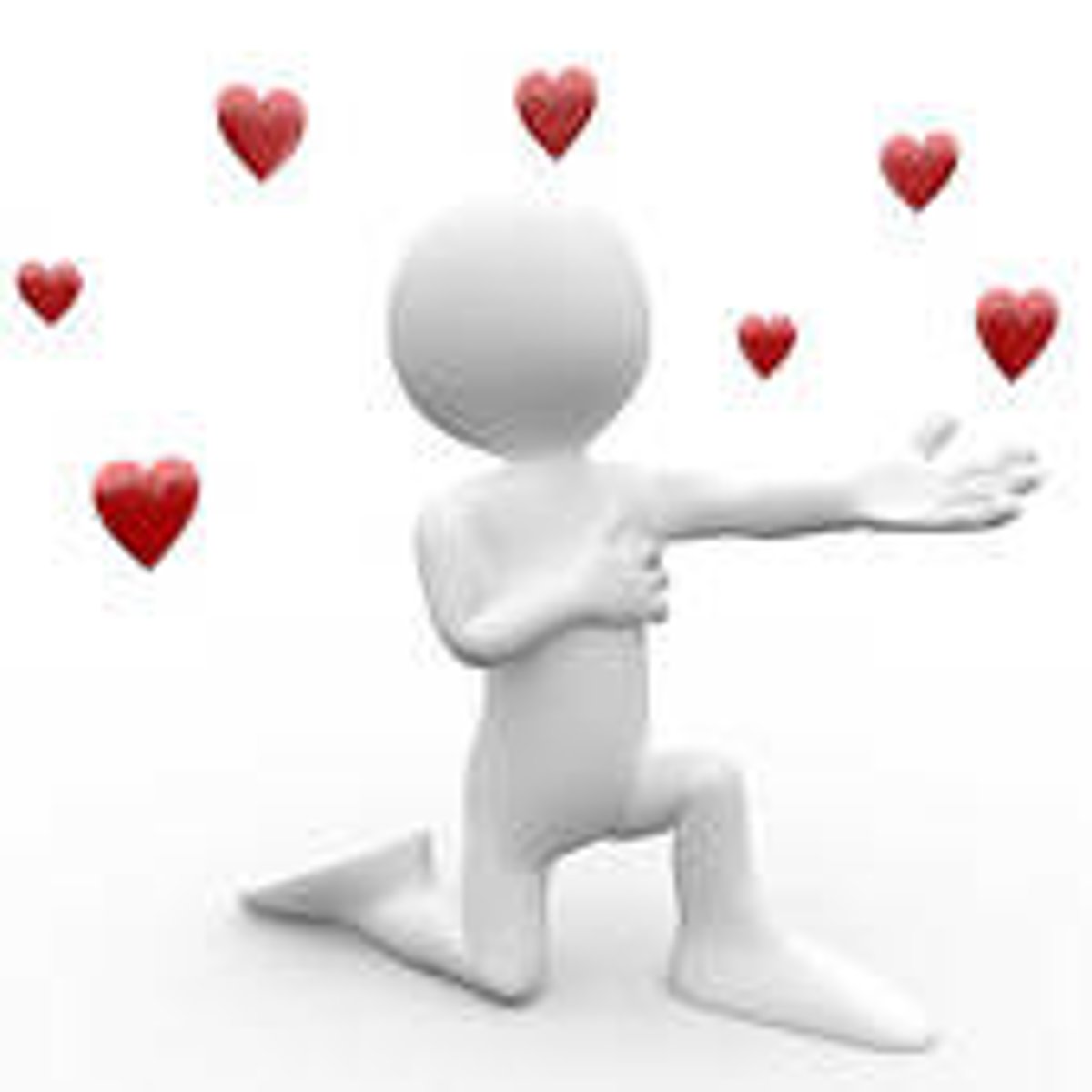
DATA COLLECTION:
Primary data
- Any data that is personally collected by you
- (this does not mean collecting off the internet).
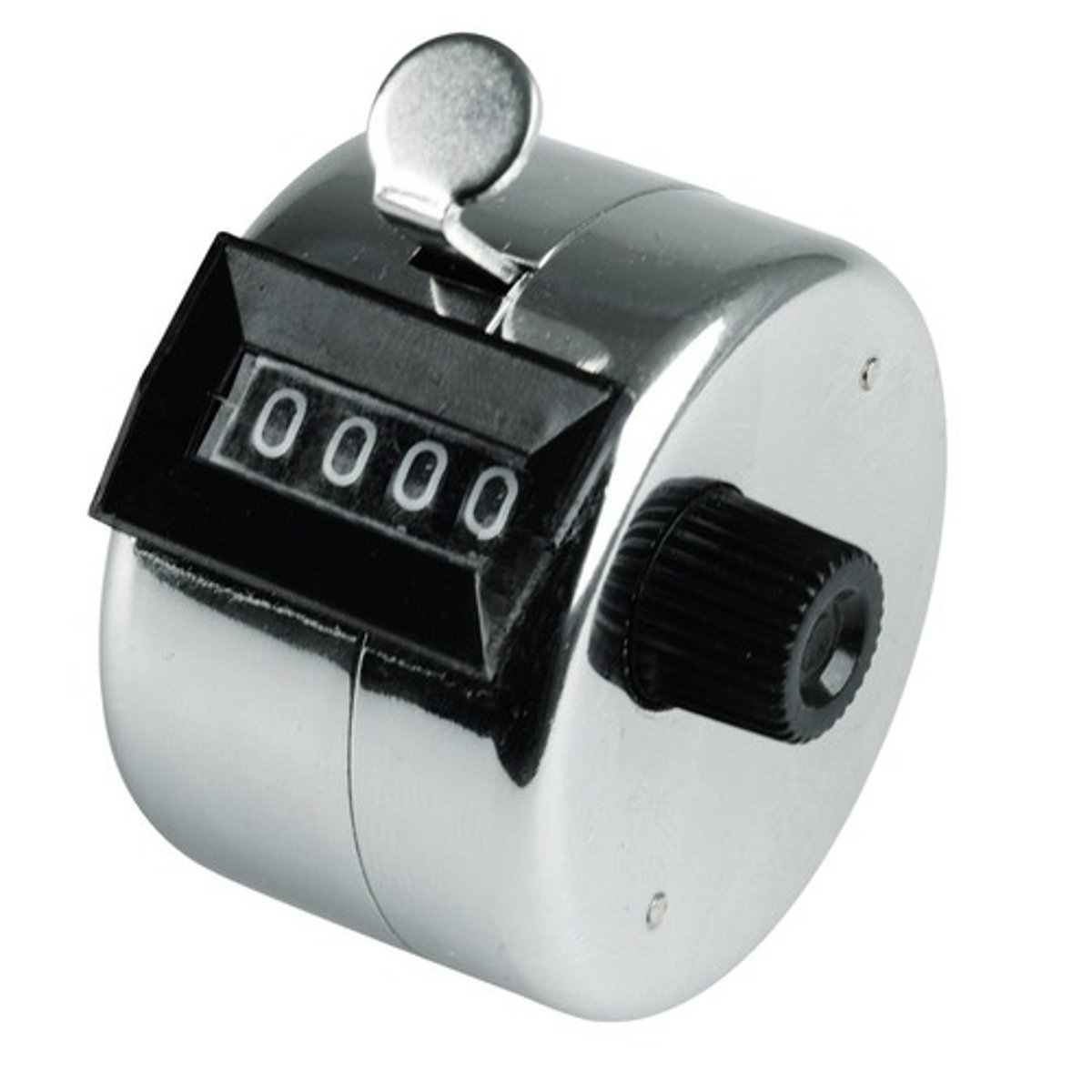
DATA COLLECTION:
Secondary data
-data that has been collected by someone else.
- found in books, on the internet, in academic journals, etc.

DATA COLLECTION:
Census
-a survey carried out by nearly all countries every 10 years.
- very detailed survey that is compulsory for everyone to fill in.
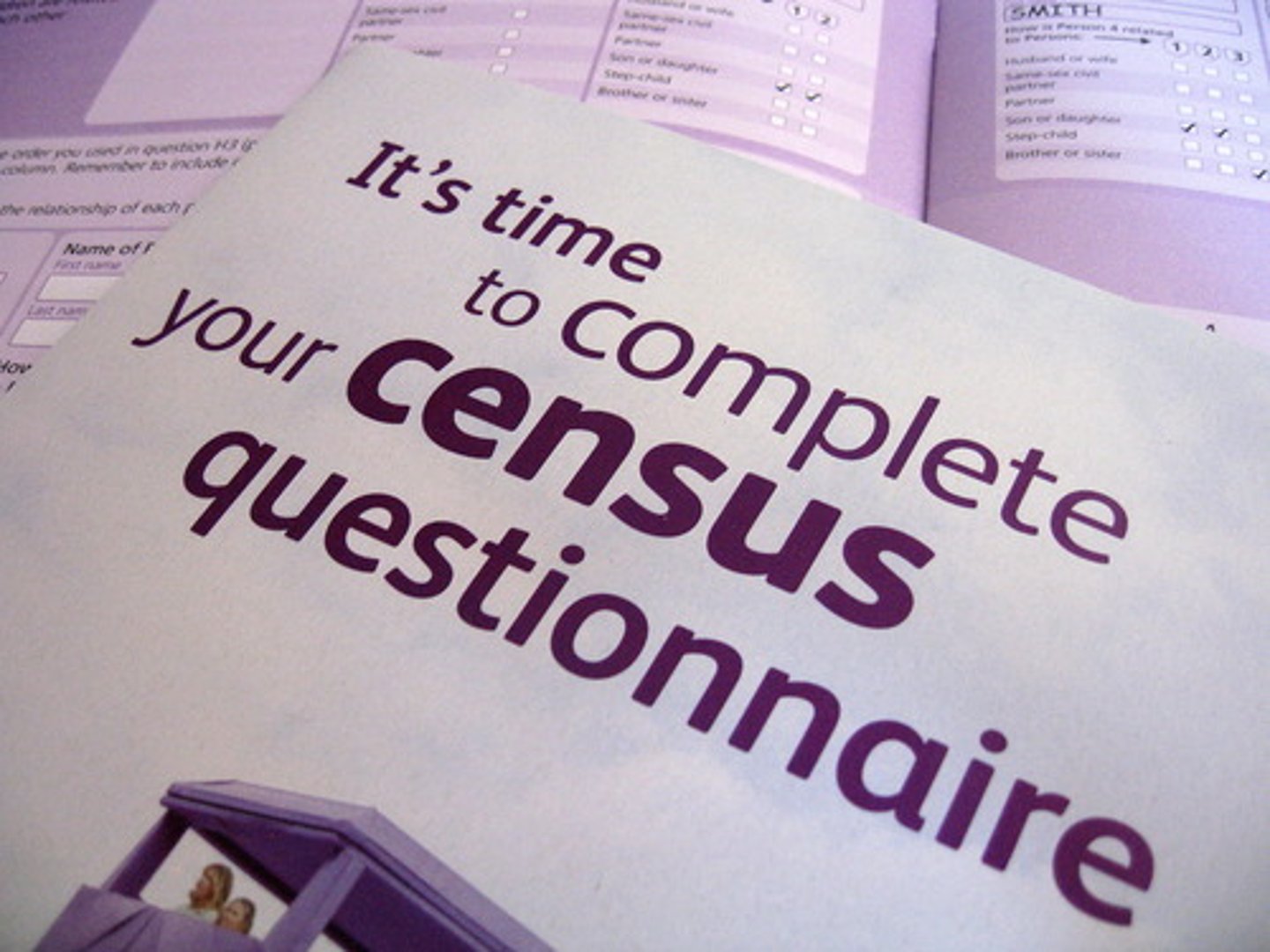
DATA COLLECTION:
Advantages of Primary Data collection
- up to date (current)
- You know how the data has been collected
- includes data that is relevant to your coursework
- covers your study area
- collected in the format that you want

DATA COLLECTION:
Disadvantages of Primary Data collection
- data may include some personal bias
- can be time consuming
- can be expensive to travel to places to collect data
- hard to study temporal changes
- data might be unavailable or too dangerous to collect
- only possible to cover a small area

DATA COLLECTION:
Advantages of Secondary Data collection
- can study temporal changes e.g. how population has changed over a number of years
- quicker
-can study a larger area
-may include data that you can't obtain personally e.g. salaries

DATA COLLECTION:
Disadvantages of Secondary Data collection
- out of date
- might be more information than you need
- information may include a larger area than your study area
- may not know how the data was collected and who collected the data
-wrong format e.g. in a graph and not raw figures

DATA COLLECTION:
Quantitative data
- any data that involves figures.
- very easy to present and analyse.
- but can be very general and exclude some data.
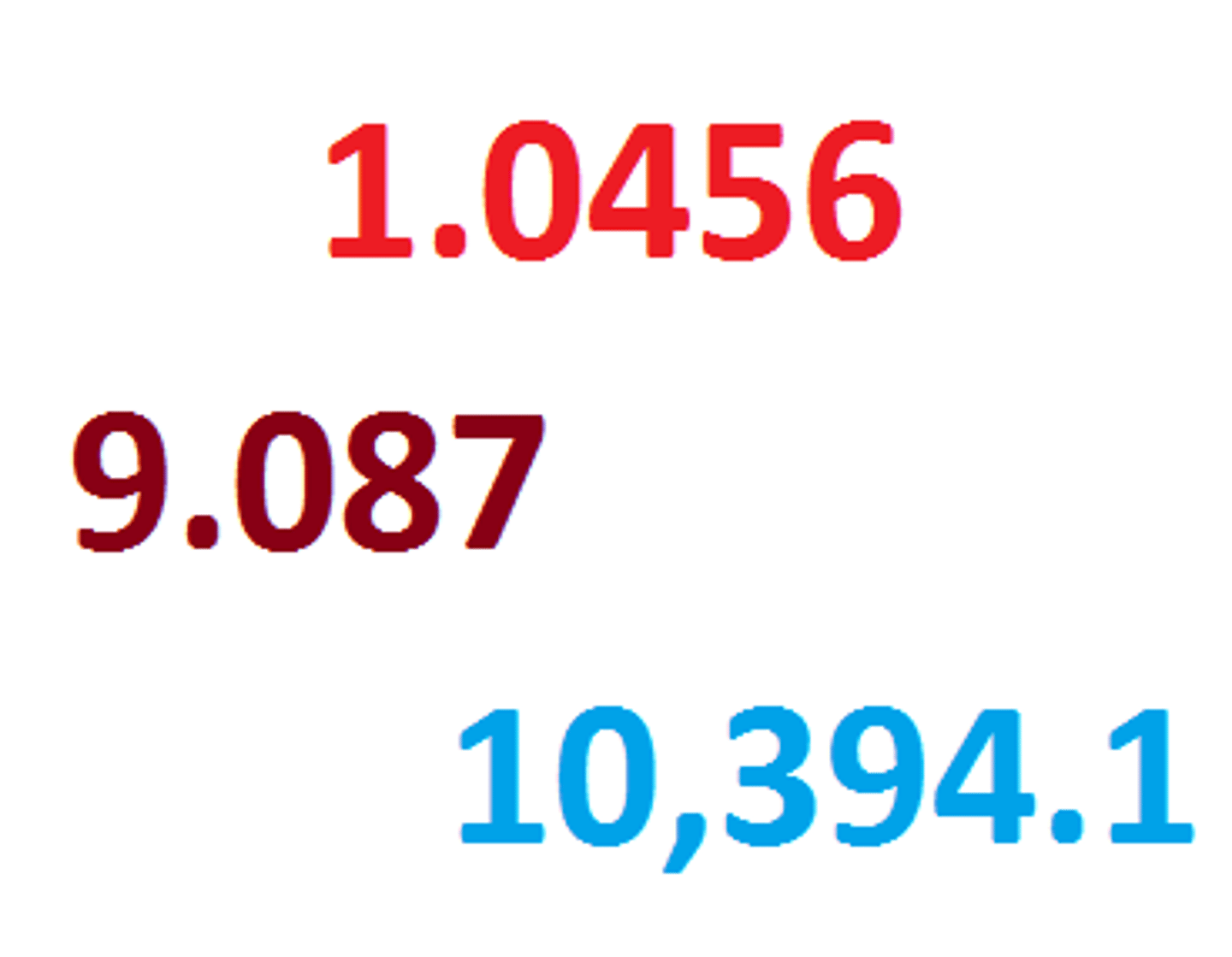
DATA COLLECTION:
Qualitative data
- more written data or even photographs or pictures.
- tends to be individual and personal
- can be hard to present and analyse.
-comes as the results of interviews with open-ended questions.
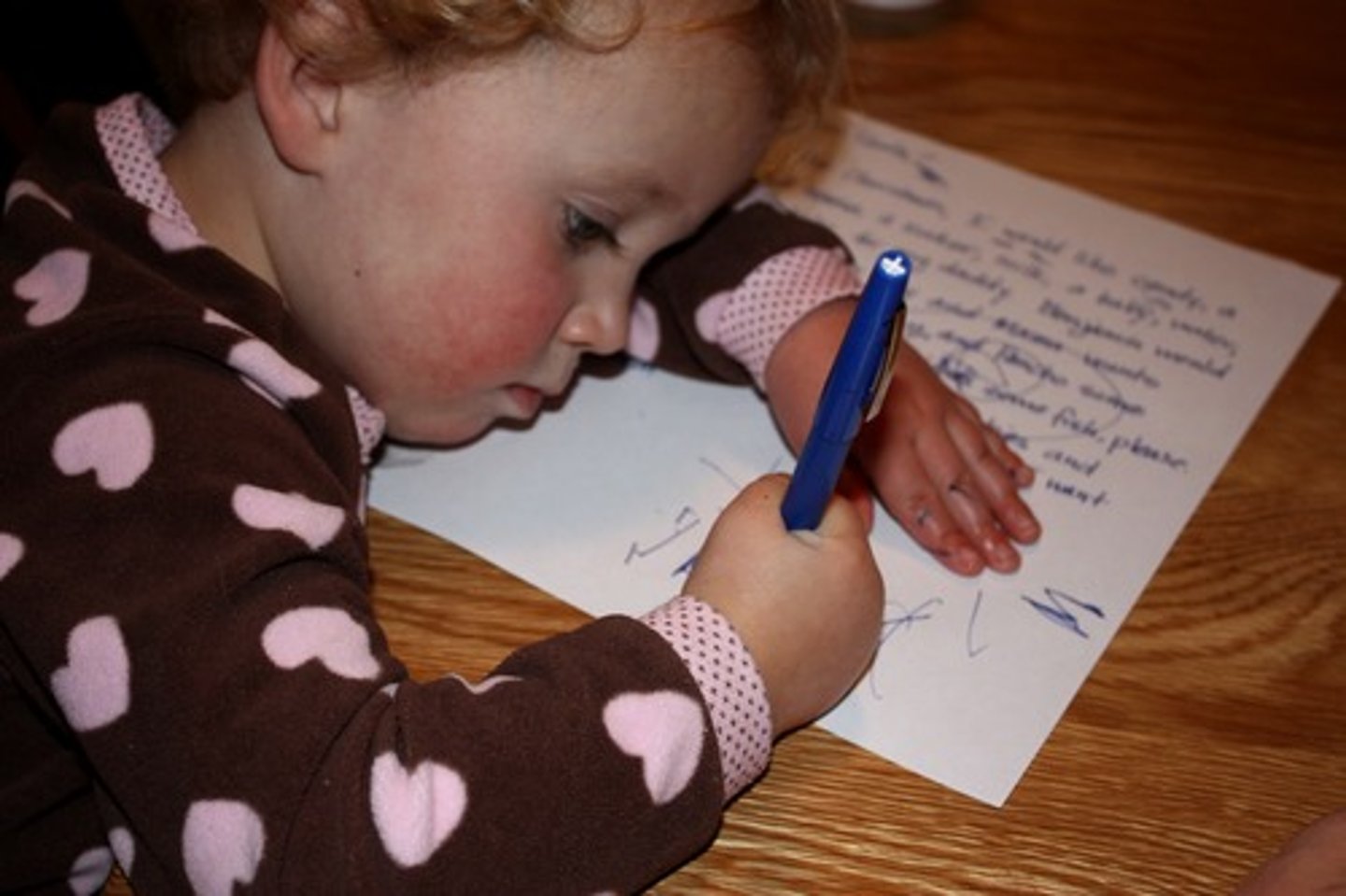
DATA COLLECTION:
Pilot Survey
- a test that you carry out before your data collection.
- important that you test your data collection forms to ensure that you ask all the right questions and your collection forms contain all the right categories.

DATA COLLECTION:
Sampling
- a section or part of the entire study area or study population.
- The two main types of sampling are; systematic and random.
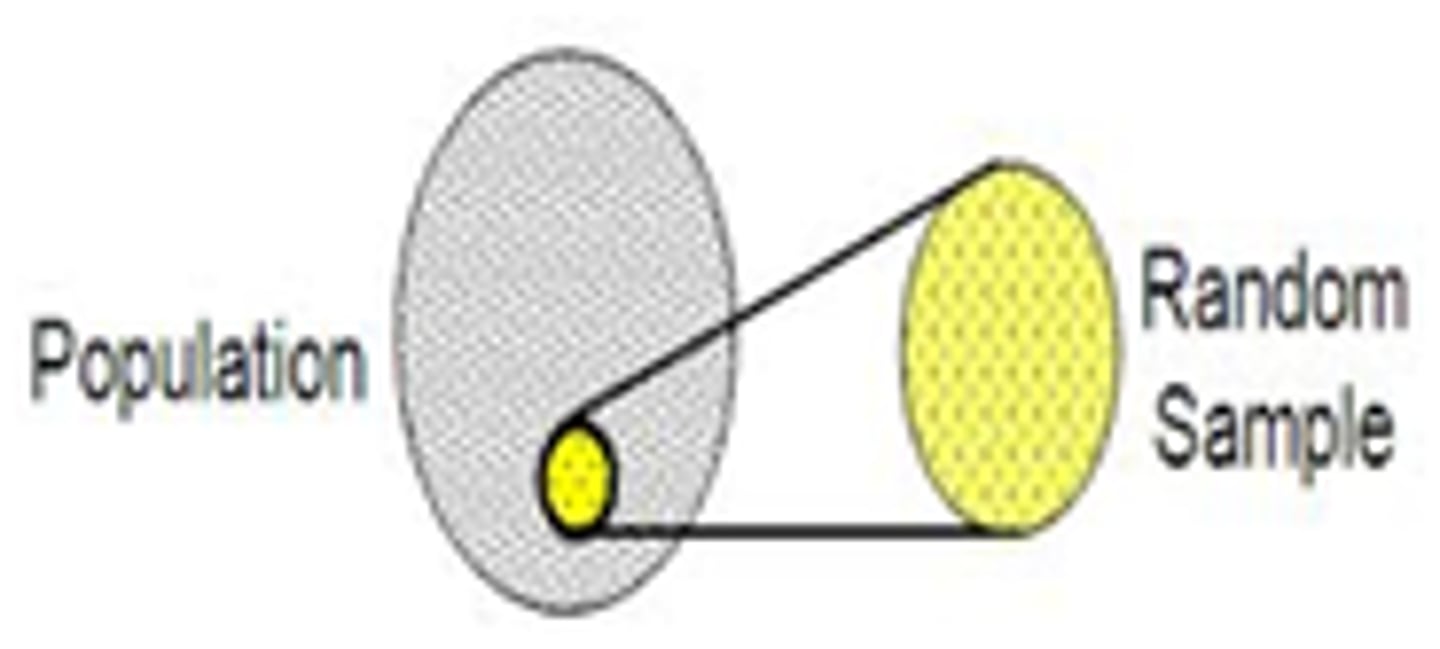
DATA COLLECTION:
Systematic Sampling
- you collect data in a regular pattern.
E.g. take a sample every 5 metres/ people
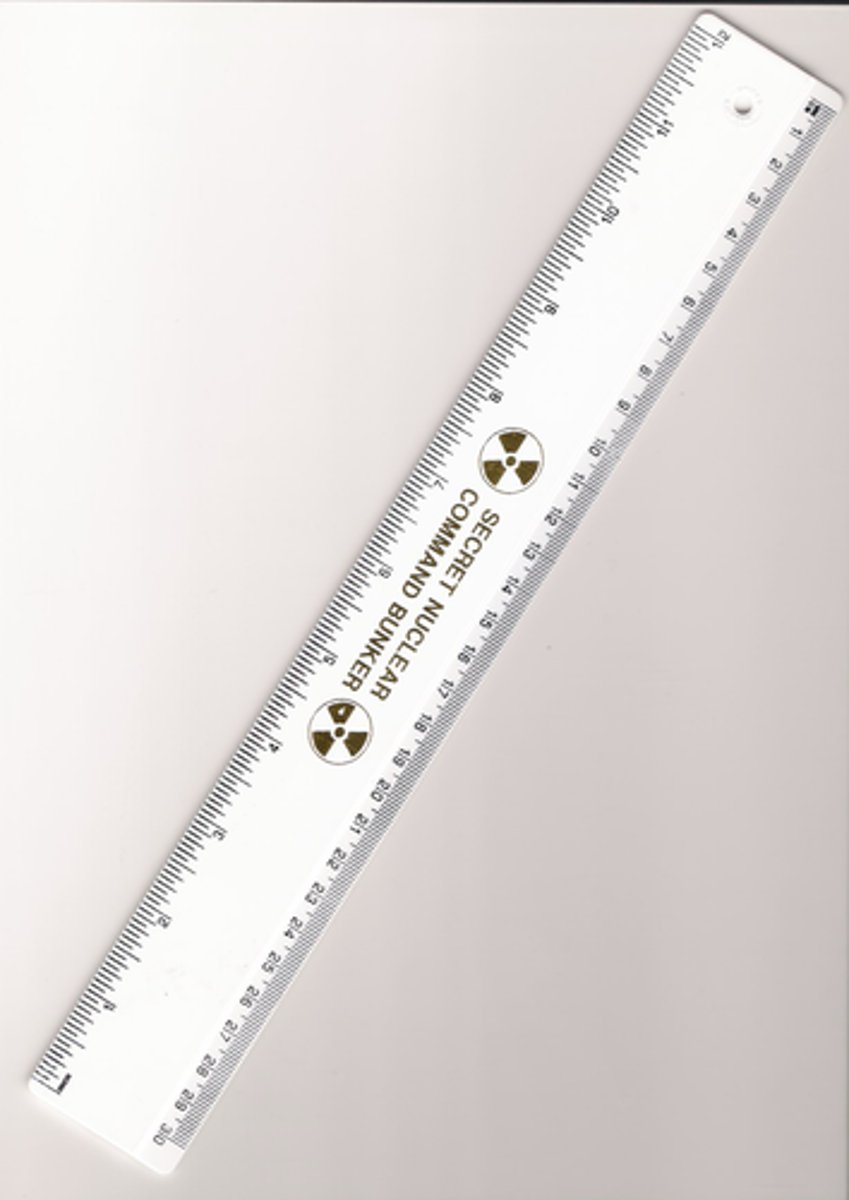
DATA COLLECTION:
Random Sampling
- when every area or person in your study area has an equal chance of being selected or asked.
-done by pulling names out of a hat, by using a random number table or a random number generator on a calculator.
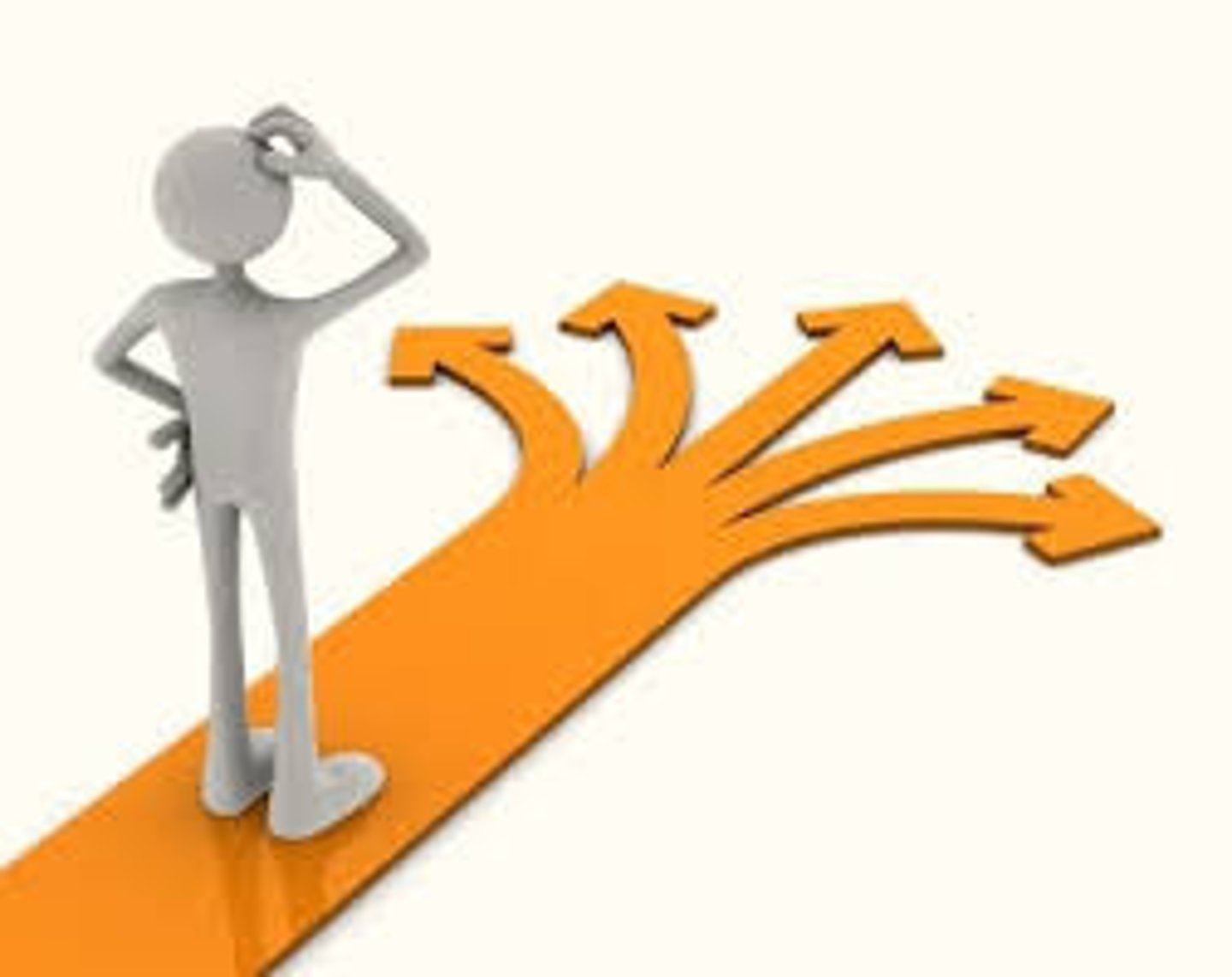
DATA COLLECTION:
Advantages if Systematic Sampling
- you are following a pattern you will get better coverage of an area or sample group.
-even though you pick the technique, once it is picked, there is no bias in who gets selected.
- very simple to understand and carry out.
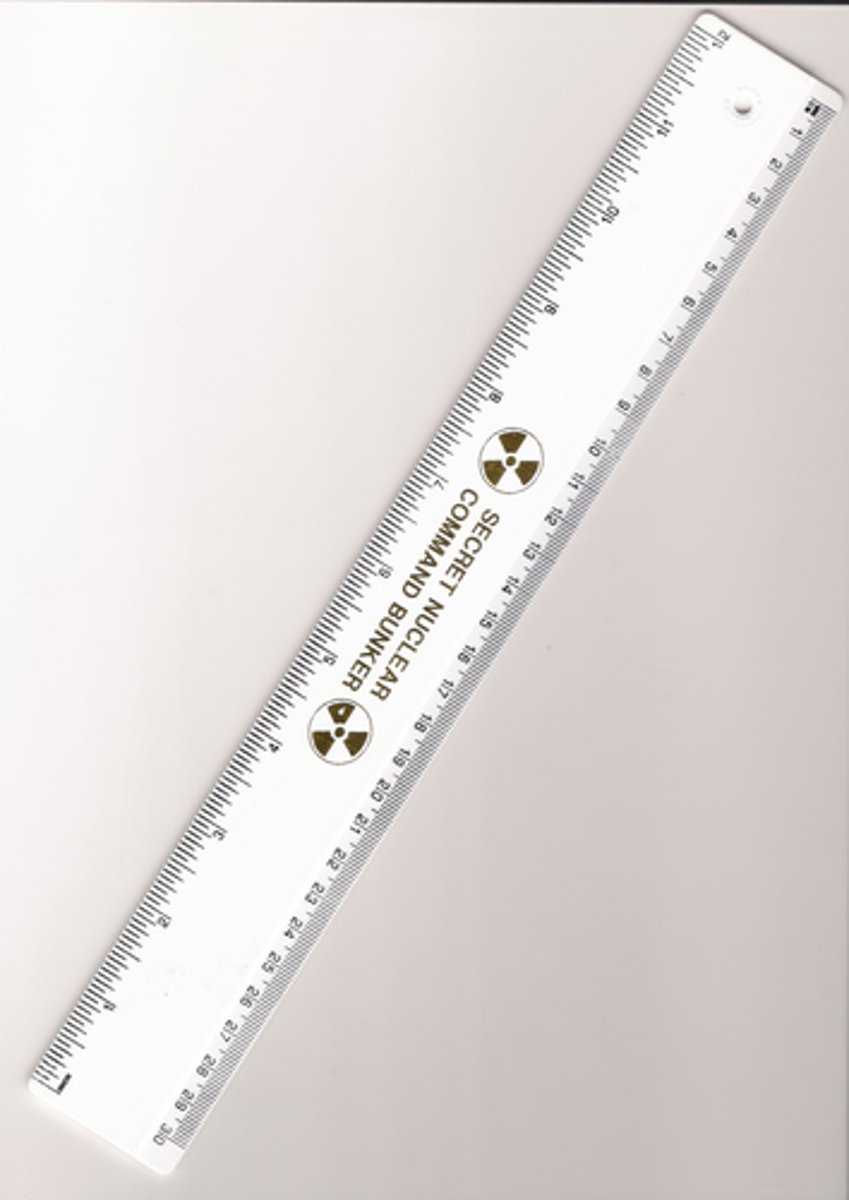
DATA COLLECTION:
Disadvantages of Systematic Sampling
- Selection of the systematic technique, can have some bias .
-you may end up with an unrepresentative sample e.g. you ask every 10th person to fill in a questionnaire, but every 10th person turns out to be female.
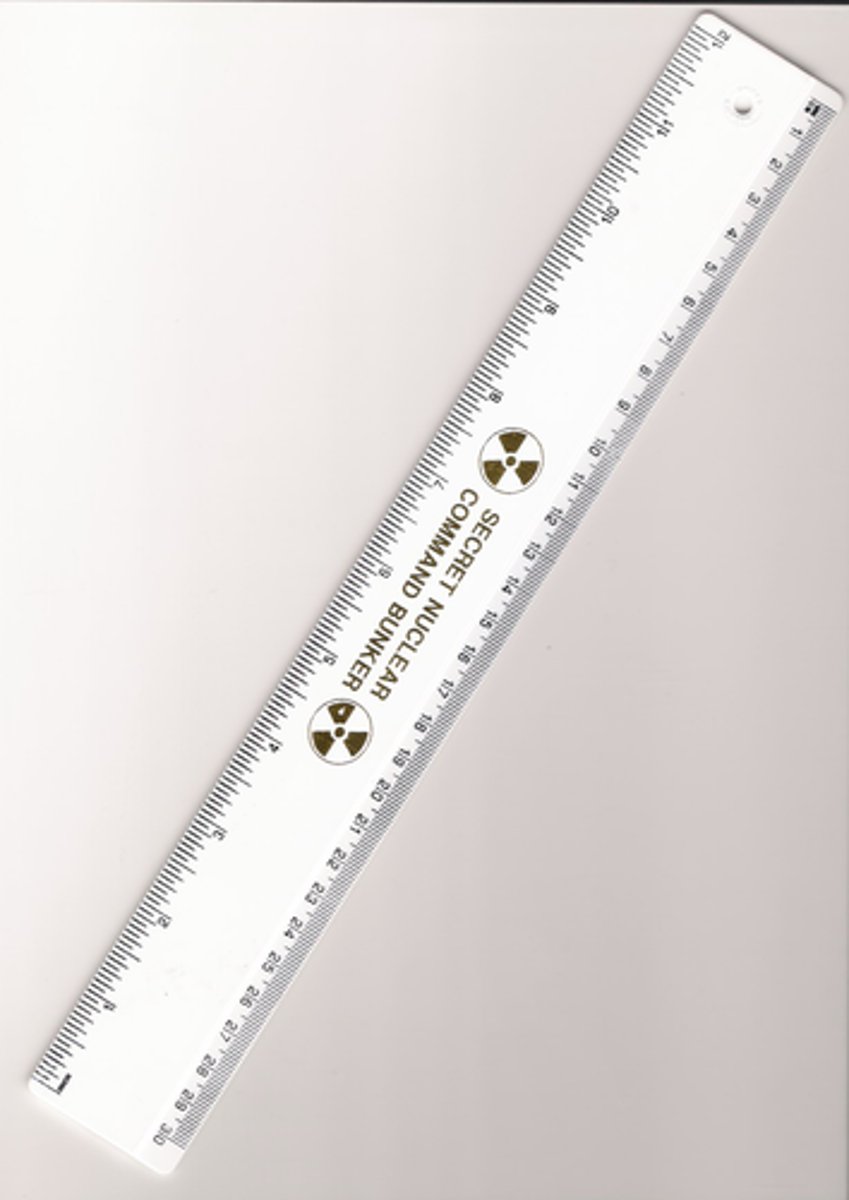
DATA COLLECTION:
Advantages of Random Sampling
- every person or every location/place has a equal chance of being selected
- quick and simple
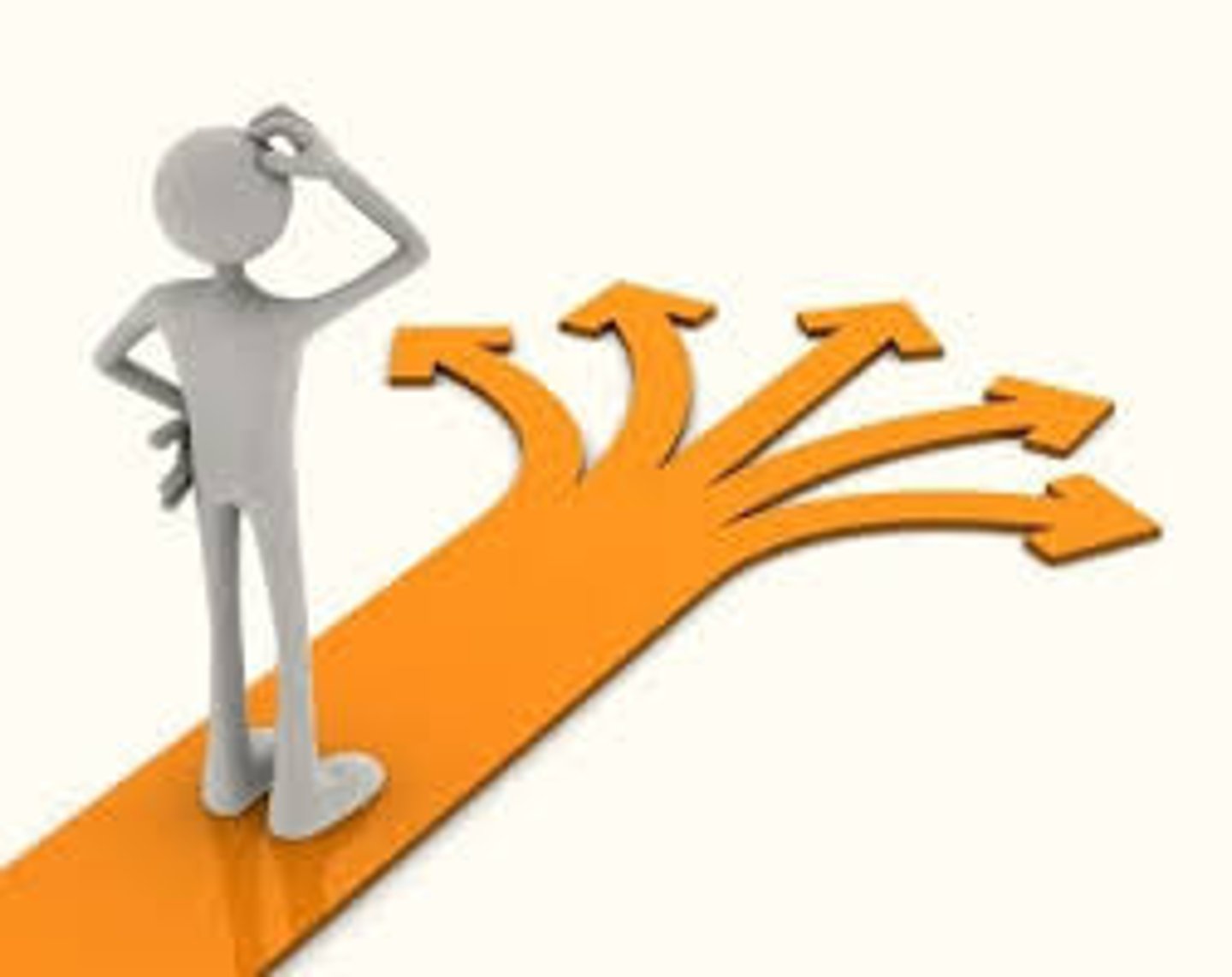
DATA COLLECTION:
Disadvantages of Random Sampling
-results maybe completely random and not representative
e.g. when randomly selecting names out of hat to ask questionnaires too, you only pick females
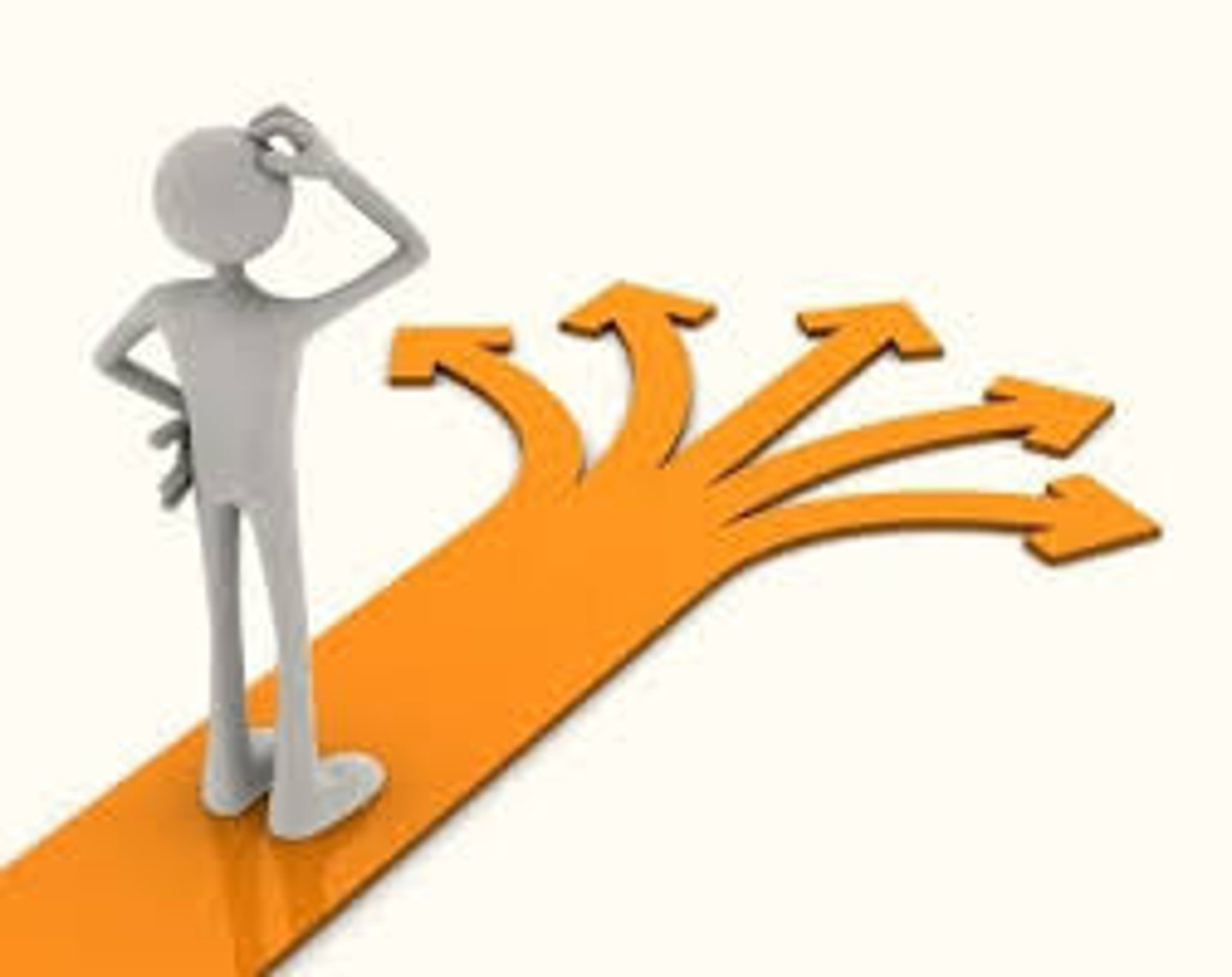
DATA COLLECTION:
Stratified sampling
- Deliberately choosing which bits to sample - usually to ensure coverage of all areas you want to study, based on prior knowledge.
Advantages:
- Avoids bias
- Ensures all areas are covered
Disadvantages:
- Difficult to know excatly which subsets of data you want to include
- Access may be a problem
- Requires good prior knowledge of an area

DATA COLLECTION (Questionnaires):
When carrying out a questionnaire or interview you must do the following...
1. Decide on your questions
2. Whether to do the questions orally or give them in written form
3. How you are going to pilot (test) your questions
4. How you are going to record the answers
5. How you are going to sample

DATA COLLECTION (Questionnaires):
Open ended questions
- questions that have infinite numbers of answers.
- The respondent has no restriction on how they might answer
e.g. What have you enjoyed about El Salvador?
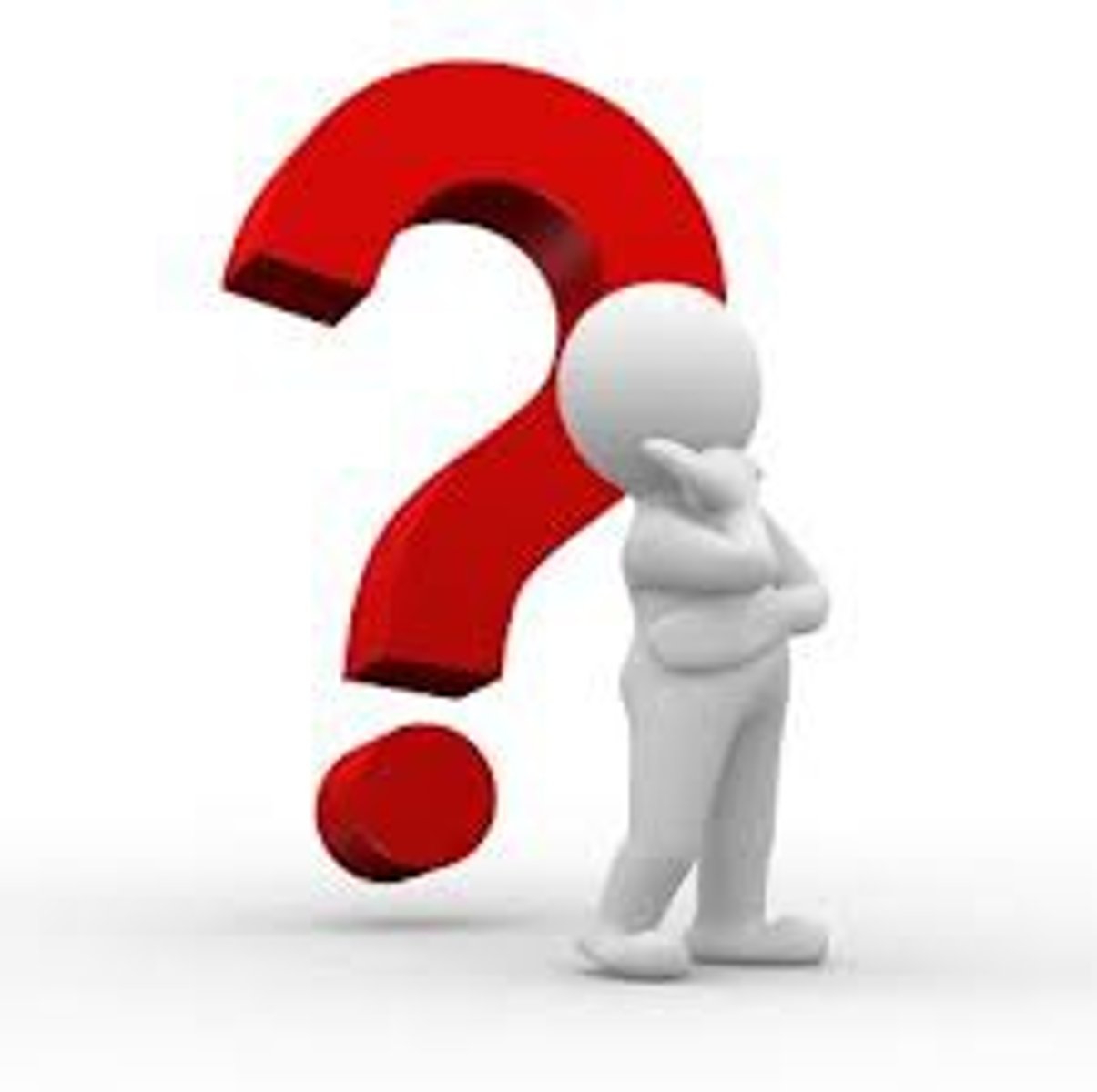
DATA COLLECTION (Questionnaires):
Closed questions
-when there is a limited number of responses.
-are often multiple choice in style
e.g. What have you enjoyed about El Salvador? A: The people B: The weather C: The beaches D: The Colonial Villages E: Other

DATA COLLECTION (Questionnaires):
Advantages of Open ended questions
-getting the respondents personal opinion. They are not limited in their response.

DATA COLLECTION (Questionnaires):
Disadvantages of Open ended questions
-Some responses might not be relevant to your research
-Respondents may not understand the question
-Results are very hard to analyse using graphs or tables

DATA COLLECTION (Questionnaires):
Advantages of Closed questions
- All answers will be relevant to your research
-The results are easy to analyse using graphs and tables
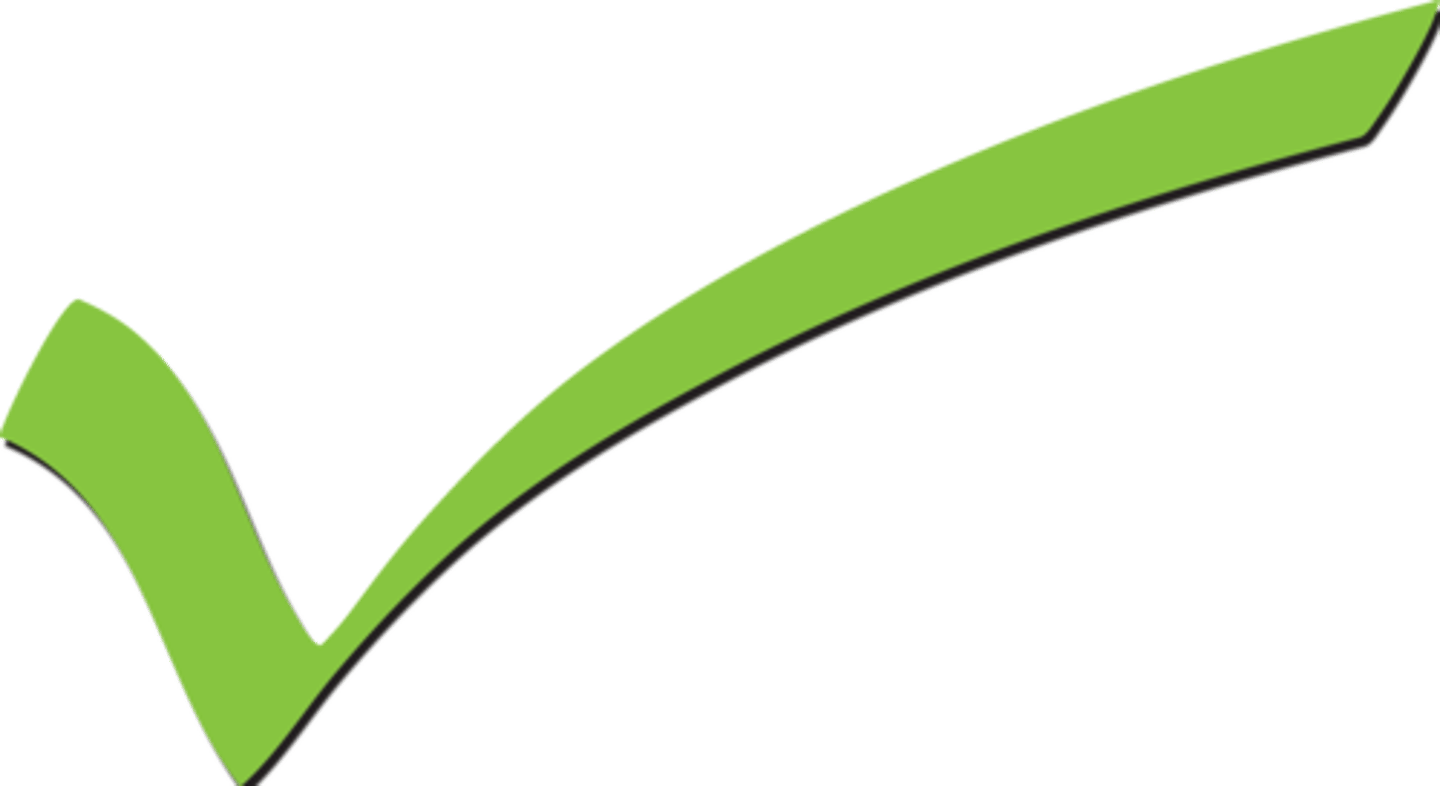
DATA COLLECTION (Questionnaires):
Disadvantages of Closed questions
- The results lack personal opinion.
- You are nearly always forced to have an "other" box meaning you don't know what the respondent thinks
- Your personal opinion has been placed on the questions (subjective).
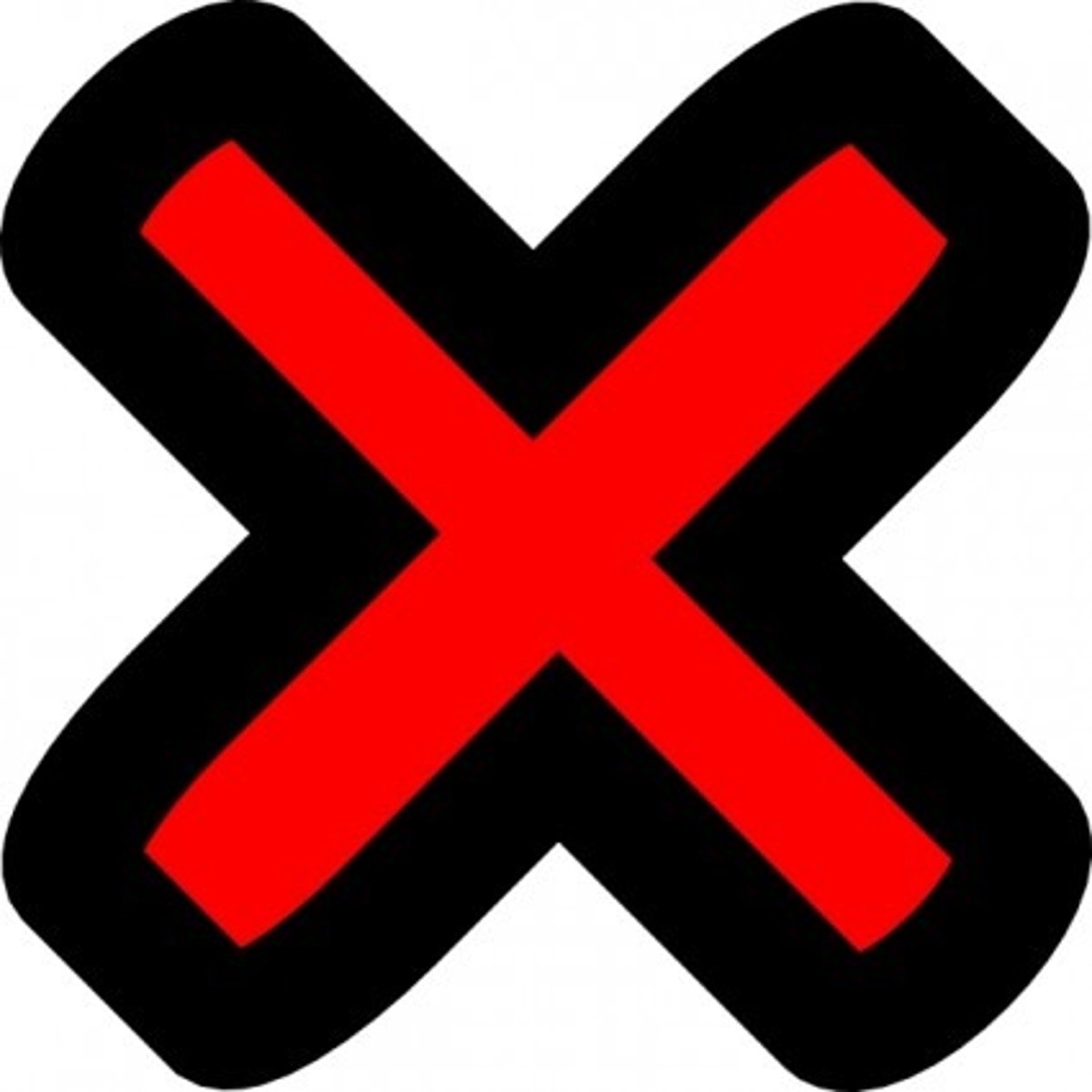
DATA COLLECTION (OBSERVATION):
Land use
- Land use survey are a very common form of data collection. When carrying out a land use survey you first need to think of appropriate categories e.g. restaurants, clothes shops, banks, houses, etc. You then then need to decide whether you are just looking at total numbers or spatial distribution. If you are just looking at total numbers then you can make a simple tally chart, if you look at spatial distribution you need a base map and an appropriate key. When doing a land use survey you also need to decide if you are surveying every building or just taking a sample.
DATA COLLECTION (OBSERVATION):
Advantages of Photographs
They are more accurate than field sketches
They can be good for showing data collection techniques e.g. measuring a river's load
They can support data collection findings e.g. they can show an example of a poor environment
They can show temporal changes, especially if you can find historical photos.
You can annotate and label them.
DATA COLLECTION (OBSERVATION):
Disadvantages of Photographs
People often include photos that are not relevant e.g. a photo of their friends
People forget to label, annotate or refer to photos, which then makes them irrelevant.
People often only photograph the nice things e.g. pretty view and forget the more ugly areas that are just as important e.g. area of pollution
They can often contains too much information e.g. people and vehicles
Because they are two dimensional, depth can be deceptive
DATA COLLECTION (COUNTS):
Pedestrian and traffic Counts
most common types of count are traffic count and pedestrian count. When designing traffic and pedestrian counts keep the forms simple. Have an area for the tally and an area to add up the total. It also is very important to have a place to mark down the date, time and location of the count. This is important for when you return to the classroom and start data presentation and making comparisons. When ever doing a count you need to find a safe location and carry it out for 10 minutes. If you are comparing different locations you should and do the counts at the same time, this makes comparisons fair. For example if you did one traffic count at 08.00am when everyone was travelling to work and one at 11.00am when everyone is at work then the comparison is unfair. Tallies are usually used when doing counts because they are quick and simple.
DATA COLLECTION (OBSERVATION):
Environmental index
This is a type of survey that looks at the quality of the environment. Your survey may focus on any aspect of the environment e.g. air or noise pollution, greenery, litter, graffiti.
DATA COLLECTION (OBSERVATION):
Globalisation index
This is a type of survey that looks at how globalised a settlement or a section of a settlement is. The survey make look at any aspect of globalisation including language, signage, businesses and people.
DATA COLLECTION (OBSERVATION):
Both Indexes use...
Bipolar Scoring. This simply means the score goes from negative to positive with 0 being the average. Indexes are quite subjective (one person might think one crisp packet is a lot of litter while enough might think it is hardly ant litter), therefore, to keep the indexes consistent for comparisons you should do them in groups and one group should do all the same index e.g. group 1 only does environmental indexes. Like with counts, it is very important that you write down the date, time and location of the index and that where possible indexes are done at the same time.
MEASUREMENT:
(Weather Equipment)
Stevenson Screen
A stevenson screen is basically a white louvered wooden box. The box is designed to contain some weather equipment like thermometers and barometers. The stevenson screen is white to reflect sunlight and has slats to allow air to circulate easily. The stevenson should be placed above the ground and away from the buildings. The idea is for the weather instruments to take accurate readings of the air, rather than direct sunlight or heat from the ground or from buildings.
MEASUREMENT:
(Weather Equipment)
Barometer
Barometers are used to measure air pressure. Air pressure is normally measured in millibars. Barometers are normally kept inside stevenson screens to keep them safe. A barometer has a movable needle (pointer). The pointer can be moved to the current reading so that you can then make a comparison with the reading from the following day.
MEASUREMENT:
(Weather Equipment)
Max./Min. Thermometer
A maximum and minimum thermometer records the maximum temperature of the day and the minimum temperature of the day (diurnal range). A maximum/minimum thermometer contains a mixture of mercury and alcohol. The mercury sits in the u-bend of the thermometer. The bulb at the top of the tube reading the minimum temperature contains alcohol and the bulb at the top of the tube reading the maximum temperature contains a vacuum. On the minimum side the expansion of the mercury is restricted by the contracting alcohol, on the maximum side the expanding mercury can expand more freely into the vacuum. At any given time both thermometers should record the same temperature. However, during the day they would have recorded the maximum and minimum temperature - a steel marker should indicate these temperatures.
MEASUREMENT:
(Weather Equipment)
Wet/Dry Bulb Thermometer
A hygrometer measures the humidity of the air. Humidity is the amount of moisture (water vapour) in the air. A hygrometer has two thermometers, a dry one and a wet. Humidity is measured by using a table that looks at the difference between the wet bulb and the dry bulb. A hygrometer can also be used to find dew point. There is a difference between the dry and wet bulb thermometers because of latent heat created during the process of evaporation.
MEASUREMENT:
(Weather Equipment)
Rain gauge
Rain gauges are used to measure rainfall. Rainfall is normally measured in millimetres. Rain gauges should be placed on grass, because if they are placed on concrete, extra water can splash in. Rain gauges should also be checked regularly to avoid evaporation.
MEASUREMENT:
(Weather Equipment)
Wind Vane
Wind vanes are used to check the direction of the wind. Compass points are used to give wind direction. Wind is measured in the direction that the wind is coming from. Wind vanes are often placed on top of buildings so that they are fully exposed to the wind. When using a wind vane you need to use a compass to make sure that it is properly aligned.
MEASUREMENT:
(Weather Equipment)
Anemometer
Anemometers measure wind speed. Wind speed is normally measured in mph or kph, but can also be measured in m/s (metres a second). Digital anemometers are very accurate, but the more basic plastic ones that many schools have aren't very good or accurate at recording light winds.
MEASUREMENT:
(Weather Equipment)
Cloud Cover
It is also possible to count day light hours, sunshine hours or cloud cover. To Calculate day light hours you need to record the time between sun rise and sun set. To Calculate sun shine hours is a lot harder, because you have to time every time the sun comes out (stopwatch). To calculate cloud cover a mirror is often used. You divide the mirror into squares and then place the mirror on the ground. The mirror will reflect the clouds and you can count the number of squares covered or partially covered by cloud. You can do this as a percentage or convert to oktas which is the normal measurement of cloud cover. You have to take several readings to avoid anomalous results.
MEASUREMENT:
(Other Field Equipment)
Quadrat
A quadrat is normally used for measuring vegetation cover. A quadrat is normally 50cm2 and divided into 100 small squares. By placing the quadrat over an area of vegetation you can calculate the area covered in vegetation or calculate the percentages of different vegetation types. Quadrats are also sometimes used for randomly selecting river load or beach material. You can put the quadrat over the area you want to sample and then using a random number table or calculator, select a square to collect the sample from.
MEASUREMENT:
(Other Field Equipment)
Tape Measure
These are used for measuring medium distances (commonly they go up to 30 or 50 metres). They are very good for measuring the width of rivers, where one student can stand on either bank.
MEASUREMENT:
(Other Field Equipment)
1. Callipers
2. Metre Rule
3. Trundle Wheel
1. Callipers are used to measure the width, depth or length of small objects like load. You place the object to be measured inside the calliper and then close the calliper and read off the measurement (normally centimetres or millimetres) because the object is small. Callipers are great for recording changes in a river's load or changes in beach material.
2. These are used for measuring medium distances (commonly they go up to 30 or 50 metres). They are very good for measuring the width of rivers, where one student can stand on either bank.
3. These are used for measuring much longer distances. You walk with a trundle wheel in front of you, each click represents one metre. You can sometimes alter trundle wheel so that they click every 10 centimeters.
MEASUREMENT:
(Other Field Equipment)
Clinometer
Clinometers are used for measuring slope angle (gradient). They are normally used in conjunction with ranging poles. You place one ranging pole at the top of a slope and one at the bottom. You then look through the clinometer measuring the angle from one ranging pole to another ranging pole. To get an accurate angle, you normally take an up reading and a down reading.
MEASUREMENT:
(Other Field Equipment)
1. Ranging Pole
2. Gradeometer
1. Ranging poles, look like a javelin and are normally used for measuring slope angle with a clinometer. However, they can also be used for measuring things like the depth of a river.
2. Gradeometers are great for measuring the angle of small slopes. You place the gradeometer on the slope, as the legs adjust the slope you can simply read the slope angle, using the protractor in the top corner.
MEASUREMENT:
(Other Field Equipment)
Metal Chain
Metal chains are very good at measuring the wetted perimiter of rivers. The wetted perimiter is the total length of the bed and the two banks. Metal chains are good at measuring this because they sink and adopt the shape of the wetted perimiter. Once your chain has adopted the shape you can then pull the chain out of the river and measure its length.
MEASUREMENT:
(Other Field Equipment)
Flowmeter
Flowmeters are used for measuring the velocity of rivers. They have a small propeller which you place just under the surface of the water. Depending on the speed of the propeller a small digital read out then gives the speed of the river. If you don't have a flowmeter you can still measure river velocity by using a floating object e.g. table tennis ball, a stop watch and tape measure. You can measure out a distance e.g. 10 metres and then time how long it takes the table tennis ball to travel 10 metres. You can then use the formula speed = distance/time to calculate velocity. This latter method is not as accurate because the table tennis ball will be slowed because of friction with the air.
MEASUREMENT:
(Other Field Equipment)
Roundness Index
Roundness index is basically used to measure the shape of an object. There are a number of different roundness index, but most go from a scale of very angular to very rounded. Roundness index can be used to look at changes in a river's load or changes in beach material.
MEASUREMENT:
(Other Field Equipment)
Pebbleometer
A very basic device for measuring the size and shape of material found on a beach or in a river.
MEASUREMENT:
(Other Field Equipment)
Infiltrometer
Infiltrometers are used to measure infiltration rates of different surfaces. You basically place the infiltrometer on a surface (making sure the seal is secure) and then fill it with water and time how long the water takes to infiltrate.
METHODOLOGY:
Transect
A transect is basically a line a long which you take measurements. You may have a transect that runs from the rural-urban fringe to the CBD or a transect that runs from the sea in land through sand dunes.
METHODOLOGY:
Tally system
Fast, efficient to record, easy to read, easy to add up and total
METHODOLOGY:
You may also be asked about how your data collection could be improved. Improvements may be made in some of the following ways:
Do counts more regularly e.g. every one or two hours
Do counts, surveys or indexes in more locations
Do counts, surveys and indexes on different days of the week (including weekends)
Get two groups doing the same survey, index or count so that an average may be taken
METHODOLOGY:
Description of methodology could include:
Date, time and location of data collection
Group size
Description and copy of data collection forms used e.g. questionnaires or counts
Explanation of how the forms were used e.g. sample size, count period, count technique, etc.
Description of equipment and an explanation of its use.
DATA PRESENTATION:
Strengths (advantages)
Shows spatial distribution e.g. dot map
Shows variations between regions and countries e.g. choropleth map
Visually interesting (interesting colours, symbols)
Very bold and clear
Easy to understand
Clearly shows trends and anomallies
DATA PRESENTATION:
Weaknesses (disadvantages)
Can disguise intra-region or intra-country variations e.g. choropleth map
Hard to see trends and anomalies
Very complicated to read
Symbols take up to much room
DATA ANALYSIS:
When doing data analysis remember the following:
Look for trends and correlations (if there is not a overall trend, look for smaller trends)
Look for anomalies (things that don't fit the general trend)
When ever you refer to trend and anomalies you must support with evidence e.g. facts and figures from graph or table.
Try and explain trends (refer back to theory or other information that you have discovered in your investigation)
Try and explain anomalies
CONCLUSION + EVALUATION:
If you are asked to write a conclusion remember the following:
Refer back to original hypothesis
Use some data to support your findings
Refer to theory (if mentioned in introduction) - do your findings agree or disagree with theory
State what you have learnt from your investigation
CONCLUSION + EVALUATION:
If you are asked to write an evaluation, think about the following:
What went well (keep this brief)
Any problems with data collection e.g. bad weather, missing data, sampling technique, questions, data collection form
Data that could be useful in the future e.g. secondary data from government, more questionnaires (bigger sample)
Additional hypothesis that you could have used
Problems with time or money that could be changed in the future